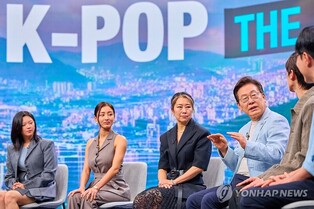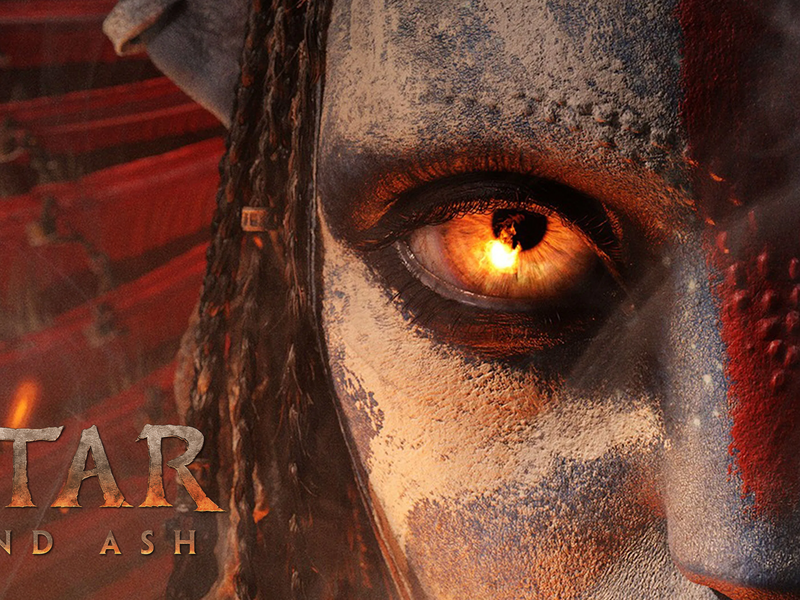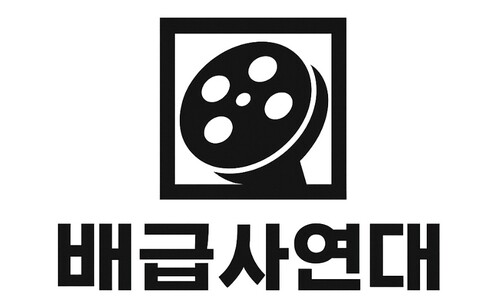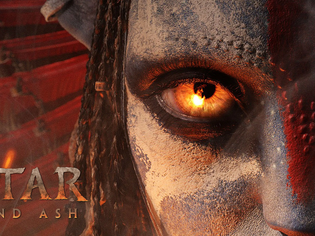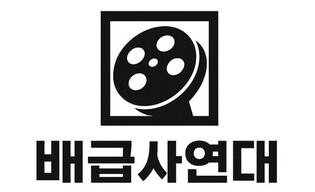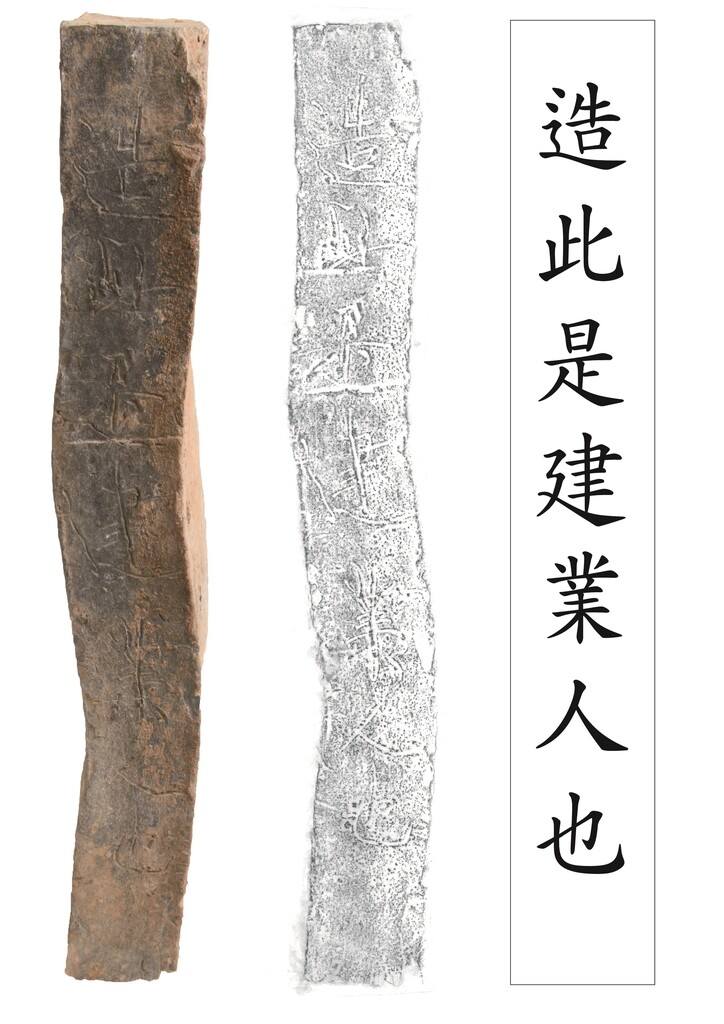 |
▲ This photo, provided by the Buyeo National Research Institute of Cultural Heritage, shows the brick found in tomb No. 29 and the tomb of King Muryeong. (PHOTO NOT FOR SALE) (Yonhap) |
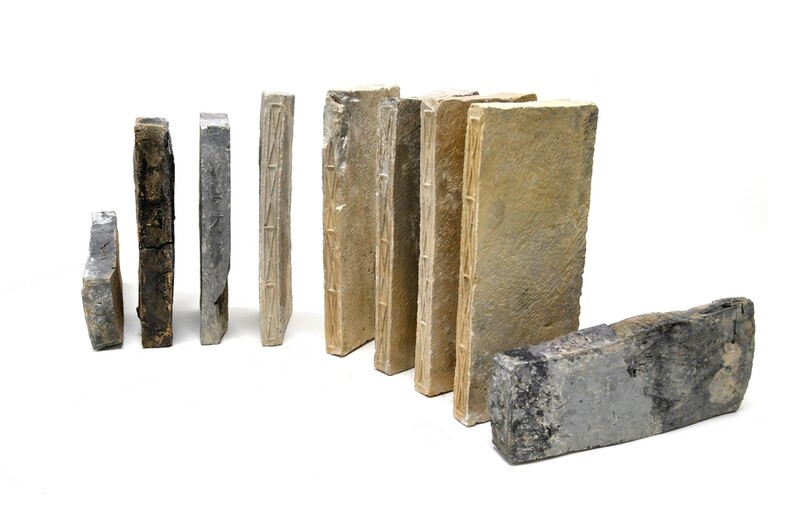 |
| ▲ This photo, provided by the Buyeo National Research Institute of Cultural Heritage, shows the bricks found in tomb No. 29 and the tomb of King Muryeong. (PHOTO NOT FOR SALE) (Yonhap) |
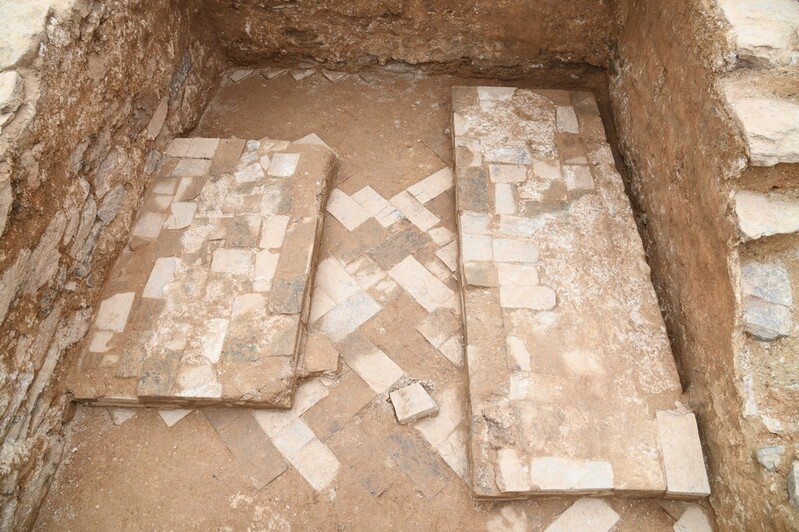 |
| ▲ This photo, provided by the Buyeo National Research Institute of Cultural Heritage, shows the inside of the tomb No. 29 and the tomb of King Muryeong. (PHOTO NOT FOR SALE) (Yonhap) |
by Kim Tae-shik / An Hayeon
SEOUL, Feb. 2 (Yonhap) -- A brick inscribed with the words "It was made by a Chinese" has been excavated in a tomb in the cemetery of the Baekje royal family containing the tomb of King Muryeong (501~523) in Gongju, Chungcheongnam-do.
Gongju, called Ungjin during the Baekje period, was the second capital of the kingdom from AD 475 to 536.
The Buyeo National Research Institute of Cultural Heritage announced that it had identified the letters that read '造此是建業人也' on the side of a lotus-patterned brick found in No. 29 tomb of this royal tumulus excavated last year.
Assuming that this reading is accurate, it means 'the person who made it is from Jianye (建業).'
Jianye is an ancient name referring to present-day Nanjing, a city made capital of the Southern Chinese dynasties from 420 to 589. Therefore, the discovery is considered an important relic that more clearly proves that the tomb of King Muryeong and other adjacent brick tombs were built under the influence of the Chinese Southern Dynasties, the institute added.
Furthermore, this may prove that these brick tombs were not built by Baekje under the influence of China, but by engineers dispatched from China.
However, this reading is not a final decision, but a tentative conclusion, so there is a possibility that it will be partially corrected through close investigation in the future.
Tomb No. 29, located right next to the tomb of King Muryeong, has been revealed again since the Japanese colonial era through last year's investigation.
The walls of the chamber room were stacked with stones according to the typical Baekje style, but floors and coffin beds were made by laying bricks with a clear Chinese influence.
(END)
(C) Yonhap News Agency. All Rights Reserved


















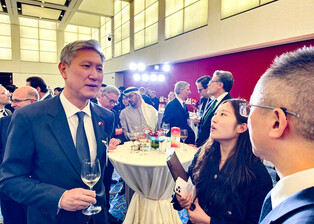
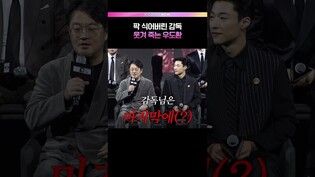
![[풀영상] 디즈니+ '메이드 인 코리아' 제작발표회|현빈 Hyunbin·정우성 Jung Woosung·우도환·서은수·원지안·정성일·강길우·노재원·박용우|Made In Korea](/news/data/20251215/p179554206856695_165_h.jpg)

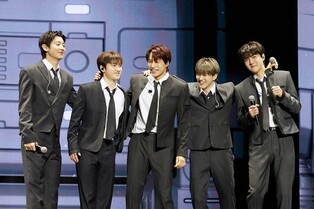

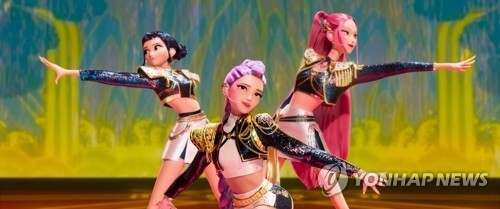
![[2025결산]](/news/data/20251217/yna1065624915957085_885_h2.jpg)


